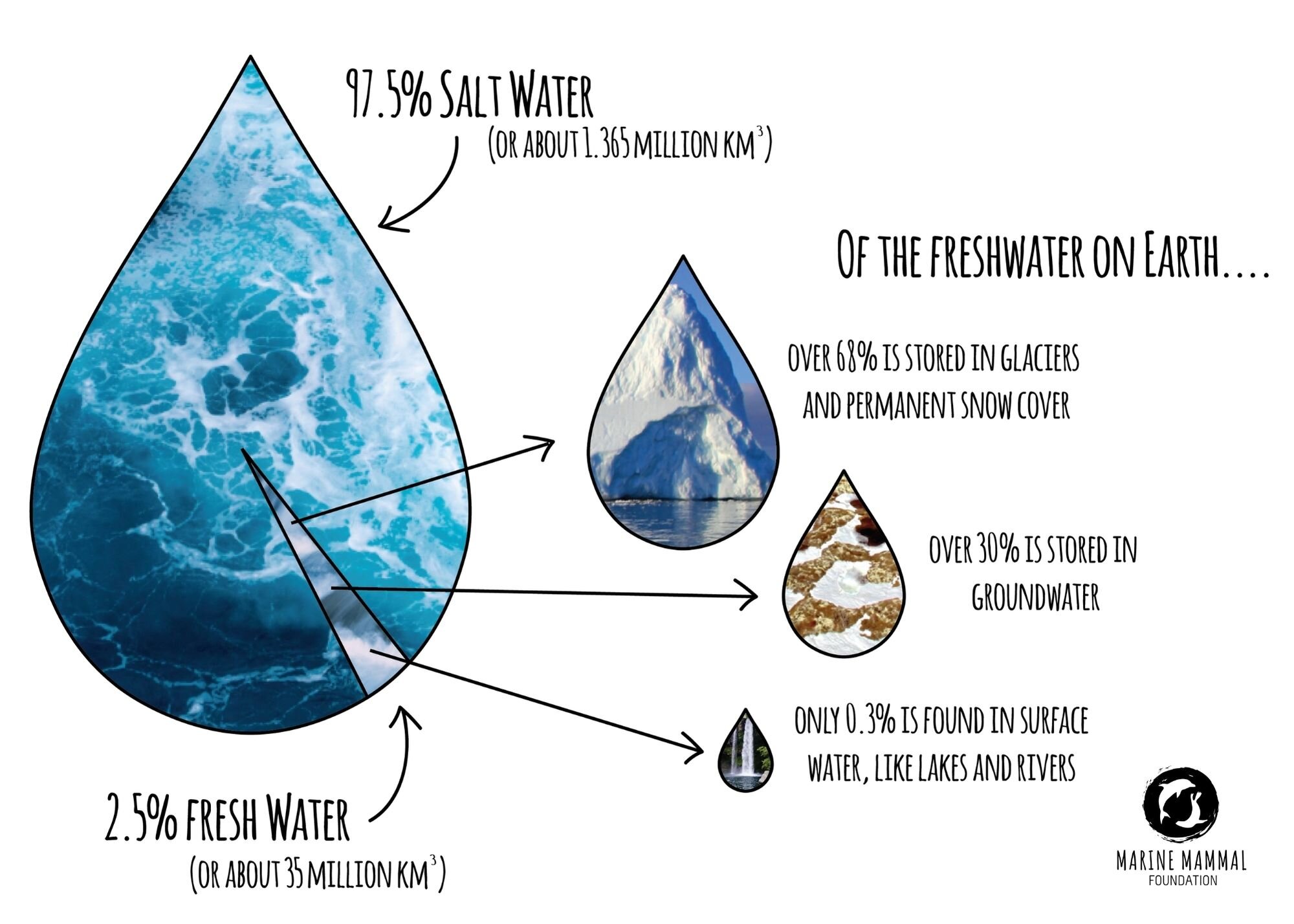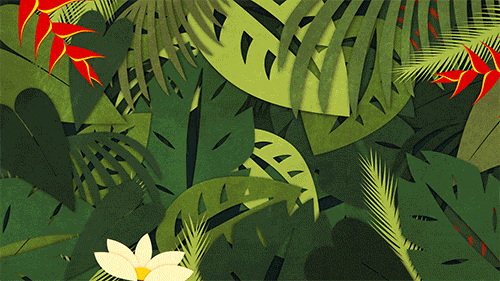Support Local Biodiversity: Life Below Water
Written by Annika Withers, MMF Volunteer
September is recognised in Australia as National Biodiversity Month. Across the country, it’s time to take a moment to stop and appreciate the life around us and the vast beauty and power of nature. As a federal government initiative from the Department of Agriculture, Water and Environment, Biodiversity Month aims to promote the importance of protecting, conserving, and improving biodiversity both within Australia and across the world.
Biodiversity is often described as the “web of life”. It encompasses the complete variety of every living thing on our planet, from the smallest microbe to the plants, animals, their genes, and the whole ecosystems to which they belong.
Humans depend on nature’s biodiversity for a range of life sustaining elements. Ecosystems provide us with many services including clean water and air, food, medicine, and many other things that we depend on for our health, well-being, and entertainment. It is vitally important that we continue to look after and protect biological diversity in all aspects.
There are so many ways that we can help to support biodiversity in our local areas, so here are a few that you can try at home or in your local community. This week’s blog will focus on actions that we can take to support marine biodiversity. Keep your eyes on our socials for next week’s blog, where we’ll cover some ways we can support biodiversity on land.
Over 3 billion people depend on marine and coastal biodiversity for their livelihood. So here is what you can do to support your local aquatic biodiversity:
1. Be responsible on the water
If you’re on a boat, jetski, or other water vessel, do not approach or get too close to marine wildlife. Distance regulations are in place to ensure animal safety as boat strikes and engine noise pollution can cause serious harm and even death.
2. Sustainable seafood
Be aware of the seafood you eat and where it comes from. Some fish species are threatened or are not harvested sustainably. For more information on sustainable seafood and safe to consume fish visit Australia’s Sustainable Seafood Guide.
3. Be aware of what you put down your drain
Household cleaning chemicals and oils when put down the drain end up in our waterways and ocean, which can cause harm to plants and marine life that ingest or absorb them. Try natural cleaning products like vinegar and bi-carb soda and learn how and where to properly dispose of household chemicals.
4. Conserve water use
Bodies of freshwater are essential for biodiversity; yet water is a finite resource. Saving water can help to leave a larger buffer of environmental water to support our rivers, wetlands and estuaries. Try taking shorter showers, not pre-rinsing dishes and only doing full loads of washing.
5. Take part in a beach clean up
Get a group of friends together or participate in a local government or local organisation beach clean up day. Organisations like BeachPatrol run regular clean ups in different local areas around Victoria. This helps to keep our beaches clear of litter and promotes a healthy coastal environment.







